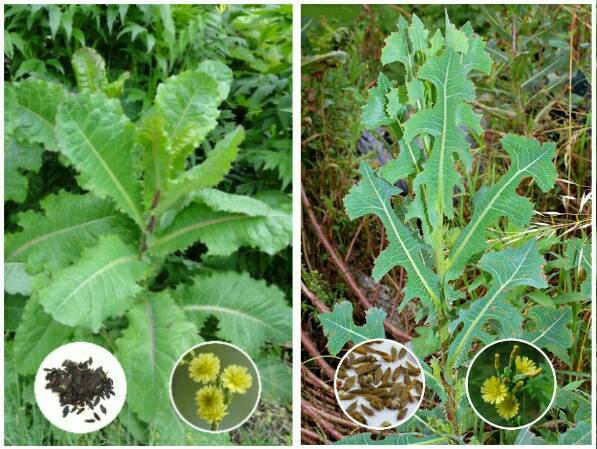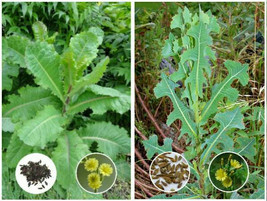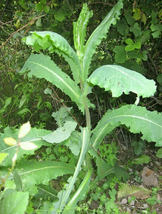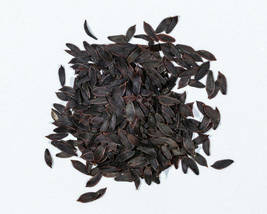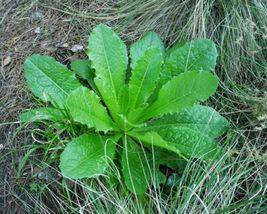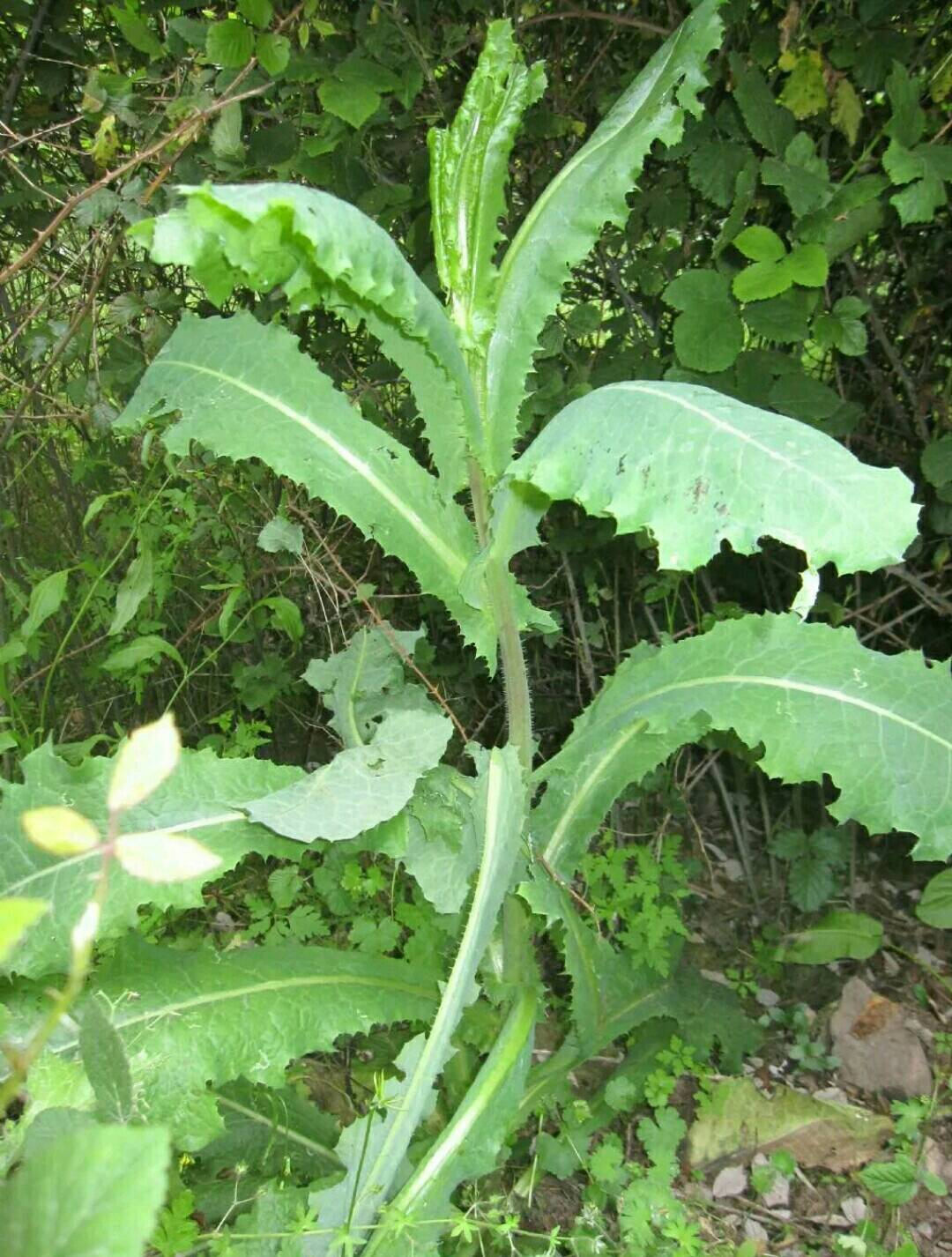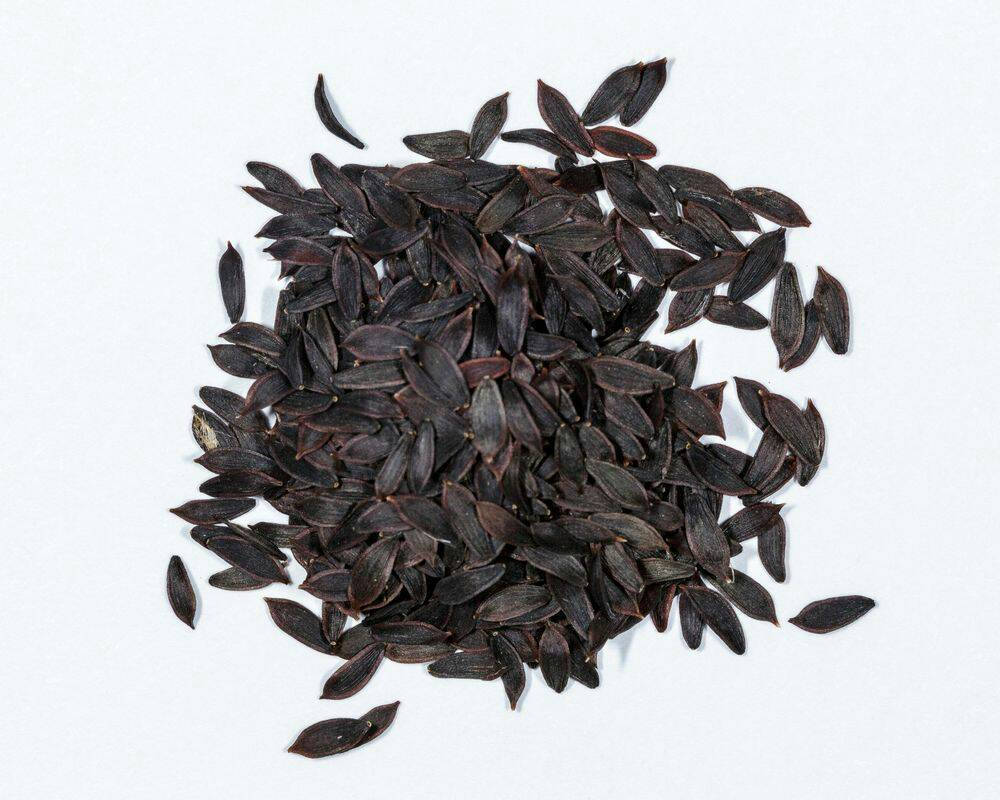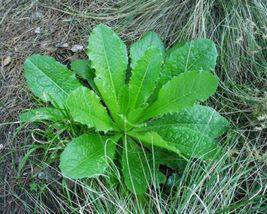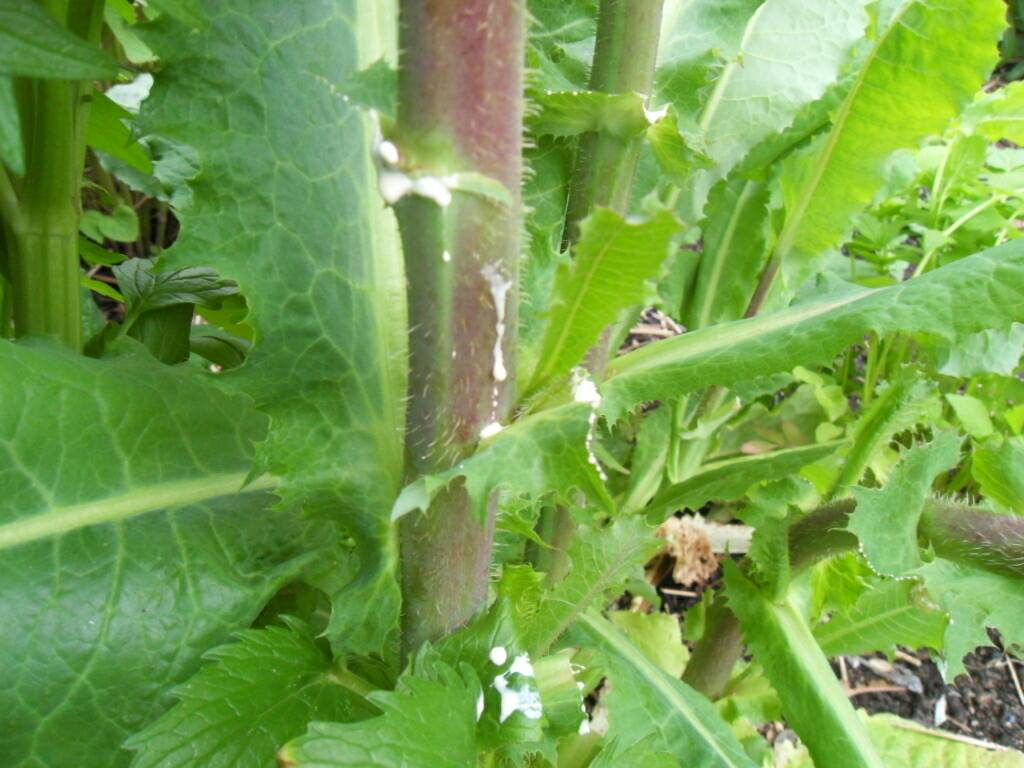Rendered at 01:23:51 04/26/25
10 recent views
Wild Lettuce (Lactuca virosa) & Prickly Lettuce (Lactuca serriola) You Get Both
£6.38 GBP
Ships from
United States

Shipping options
Offer policy
OBO - Seller accepts offers on this item.
Details
Return policy
Full refund available within 30 days
Details
Purchase protection
Payment options
PayPal accepted
PayPal Credit accepted
Venmo accepted
PayPal, MasterCard, Visa, Discover, and American Express accepted
Maestro accepted
Amazon Pay accepted
Nuvei accepted
Shipping options
Offer policy
OBO - Seller accepts offers on this item.
Details
Return policy
Full refund available within 30 days
Details
Purchase protection
Payment options
PayPal accepted
PayPal Credit accepted
Venmo accepted
PayPal, MasterCard, Visa, Discover, and American Express accepted
Maestro accepted
Amazon Pay accepted
Nuvei accepted
Item traits
| Category: | |
|---|---|
| Quantity Available: |
4 in stock |
| Condition: |
Unspecified by seller, may be new. |
Listing details
| Seller policies: | |
|---|---|
| Shipping discount: |
Items after first shipped at flat $1.25 | Free shipping on orders over $15.00 |
| Price discount: |
18% off w/ $20.00 spent |
| Posted for sale: |
More than a week ago |
| Item number: |
695042338 |
Item description
25 seeds each, wild lettuce (Lactuca virosa) and 25 prickly lettuce seeds (Lactuca serriola).
Wild Lettuce (Lactuca virosa), is grown medicinally for the milky white sap that oozes from the plant when cut or broken.
Propagation of Wild Lettuce:
Scatter seeds on moist soil, and press them lightly into the soil. Just barely cover the seed, as Lactuca needs sunlight to germinate. Germination takes 5 days to two weeks.
Transplant seedlings to rich, moist soil and full sun, spacing them 2 ft apart.
Wild Lettuce is a biennial, which means in the first year it will make a rosette of leaves, and in the second year the flower stalk(s) will shoot up in early to mid summer to 4-6ft and produce seeds in late summer/early fall. If you're lucky, it will make seeds the first year.
Wild Lettuce is hardy to zone 6 (-10F/-23C).
Medicinal use of Prickly Lettuce:
The whole plant is rich in a milky sap that flows freely from any wounds. This hardens and dries when in contact with the air. The sap contains "lactucarium", which is used in medicine for its anodyne, antispasmodic, digestive, diuretic, hypnotic, narcotic and sedative properties. Lactucarium has the effects of a feeble opium, but without its tendency to cause digestive upsets, nor is it addictive. It is taken internally in the treatment of insomnia, anxiety, neuroses, hyperactivity in children, dry coughs, whooping cough, rheumatic pain etc. Concentrations of lactucarium are low in young plants and most concentrated when the plant comes into flower. It is collected commercially by cutting the heads of the plants and scraping the juice into china vessels several times a day until the plant is exhausted. This species does not contain as much lactucarium as L. virosa. An infusion of the fresh or dried flowering plant can also be used. The plant should be used with caution, and never without the supervision of a skilled practitioner.
Edible parts of Prickly Lettuce:
Young leaves - raw or cooked. The young tender leaves are mild and make an excellent salad, but the whole plant becomes bitter as it gets older, especially when coming into flower. As a potherb it needs very little cooking. Large quantities can cause digestive upsets. Young shoots - cooked. Used as an asparagus substitute.
Propagation of Prickly Lettuce:
Seed - sow spring in situ and only just cover the seed. Germination is usually fairly quick.
Added to your wish list!
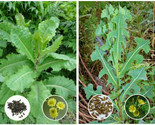
- Wild Lettuce (Lactuca virosa) & Prickly Lettuce (Lactuca serriola) You Get Both
- 4 in stock
- Price negotiable
- Handling time 1 day.
- Returns/refunds accepted
Get an item reminder
We'll email you a link to your item now and follow up with a single reminder (if you'd like one). That's it! No spam, no hassle.
Already have an account?
Log in and add this item to your wish list.


